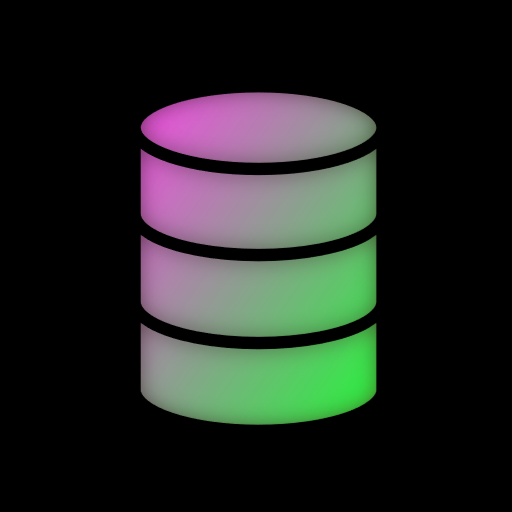- cross-posted to:
- hackernews@lemmy.smeargle.fans
- cross-posted to:
- hackernews@lemmy.smeargle.fans
intended audience
- Rachel has a master’s degree in cell biology and now works in a research hospital doing cell assays.
- She learned a bit of R in an undergrad biostatistics course and has been through the Carpentries lesson on the Unix shell.
- Rachel is thinking about becoming a data scientist and would like to understand how data is stored and managed.
- Her work schedule is unpredictable and highly variable, so she needs to be able to learn a bit at a time.
prerequisites
- basic Unix command line: cd, ls, * wildcard
- basic tabular data analysis: filtering rows, aggregating within groups
learning outcomes
- Explain the difference between a database and a database manager.
- Write SQL to select, filter, sort, group, and aggregate data.
- Define tables and insert, update, and delete records.
- Describe different types of join and write queries that use them to combine data.
- Use windowing functions to operate on adjacent rows.
- Explain what transactions are and write queries that roll back when constraints are violated.
- Explain what triggers are and write SQL to create them.
- Manipulate JSON data using SQL.
- Interact with a database using Python directly, from a Jupyter notebook, and via an ORM.
You must log in or register to comment.
deleted by creator


